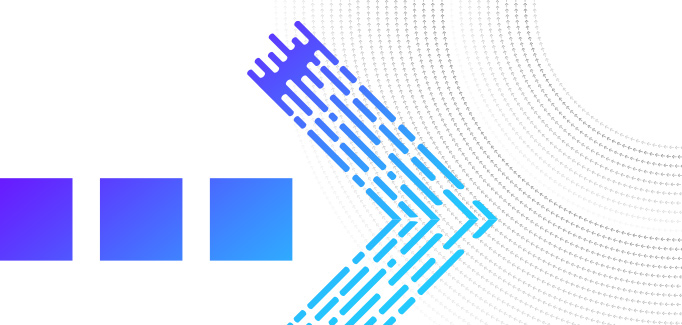How NACHA’s New ACH Rules Will Shake Up Fraud Detection for Community Banks and Credit Unions
November 6th, 2024

NACHA’s new rules kicked in on October 1, 2024, and they’re reshaping how community banks, credit unions, and small to mid-size financial institutions detect and respond to fraud. This isn’t just another policy update—it’s a game-changer aimed at tackling sophisticated credit-push payment fraud schemes. For financial institutions (FIs) that often face resource constraints, this shift demands quick action to stay compliant and protect customers.
What’s Changing with the New NACHA Rules?
NACHA’s latest rules are all about cracking down on fraud involving credit-push payments, like business email compromise, payroll fraud, and vendor impersonation. Here’s what to expect:
- Return Reason Codes: RDFIs can now return suspicious payments using Return Code R17, while ODFIs gain more flexibility to request returns for unauthorized or mistaken entries.
- Monitoring Requirements: RDFIs need to start monitoring fraud in ACH credits more closely. The rule kicks off with large-volume institutions and expands to all RDFIs by mid-2026.
- Increased RDFI Responsibility: RDFIs will now take on more accountability for identifying and returning funds sent to mule accounts—those accounts fraudsters use to launder money.
Why Community Banks and Credit Unions Should Care
Community banks, credit unions, and smaller FIs already manage tight resources, so these rules bring added pressure. Here’s what’s at stake:
- Operational Burden: RDFIs now need to handle real-time fraud detection and case management, increasing workloads for already stretched teams. Keeping up with these requirements will mean dedicating extra resources to monitor transactions and investigate suspicious activity.
- Risk Exposure: Missing fraudulent transactions or mishandling fraud returns could spell legal and financial trouble, impacting reputation and finances. RDFIs need the right processes in place to quickly identify fraud, or they risk bearing the consequences.
- Complex Fraud Detection: Smaller institutions may lack the infrastructure to manage sophisticated fraud involving synthetic identities, mule accounts, and cross-channel schemes. To stay compliant and reduce fraud exposure, they’ll need advanced behavioral analytics and fraud detection tools.
Getting Ready for Operational and Detection Changes
The new NACHA rules will impact core areas of operation, including:
- Real-Time Fraud Monitoring: Many ACH transactions are batch-processed, but RDFIs will need systems to detect fraud within those batches. Warning signs might include unusual payment patterns, large transactions to dormant accounts, or suspicious payee information.
- Case Management and Documentation: With new deadlines for responding to ODFI return requests, institutions need an integrated system that handles documentation, compliance, and claims management efficiently. Manual processes will struggle to meet demand.
- Workforce Challenges: With more fraud alerts expected, manual reviews could overwhelm teams. Institutions need either more staff or technology that can automatically prioritize alerts and flag high-risk transactions.
Technology: Essential for Navigating the New Rules
These rule changes underscore the need for scalable, advanced solutions in fraud detection and case management. Here’s how technology can help:
- Behavioral Analytics: Unlike rule-based tools, AI-driven behavioral analytics can pick up on unusual transaction patterns. This approach helps flag mule accounts and synthetic identities by learning what typical activity looks like.
- Real-Time Monitoring: Systems capable of real-time fraud detection during batch processing will help institutions comply with NACHA’s requirements for monitoring credit-push payments.
- Integrated Case Management: A centralized platform allows for seamless management of fraud alerts, evidence, and case histories. This integration helps FIs respond to ODFI requests efficiently, improving compliance and reducing manual work.
Bottom Line: Community Banks and Credit Unions Need AI on Their Side
NACHA’s rule changes mark a clear shift toward tighter fraud detection, placing greater responsibility on RDFIs to manage fraudulent transactions. To stay compliant and effectively manage risk, community banks, credit unions, and smaller FIs need the right technology.
Solutions like NICE Actimize’s Xceed provide flexibility, automation, and advanced fraud detection, helping smaller institutions keep up with evolving regulatory demands. By adopting this technology, institutions can reduce fraud exposure, achieve compliance, and strengthen their fraud prevention strategies.
Go here to learn more about Xceed.




